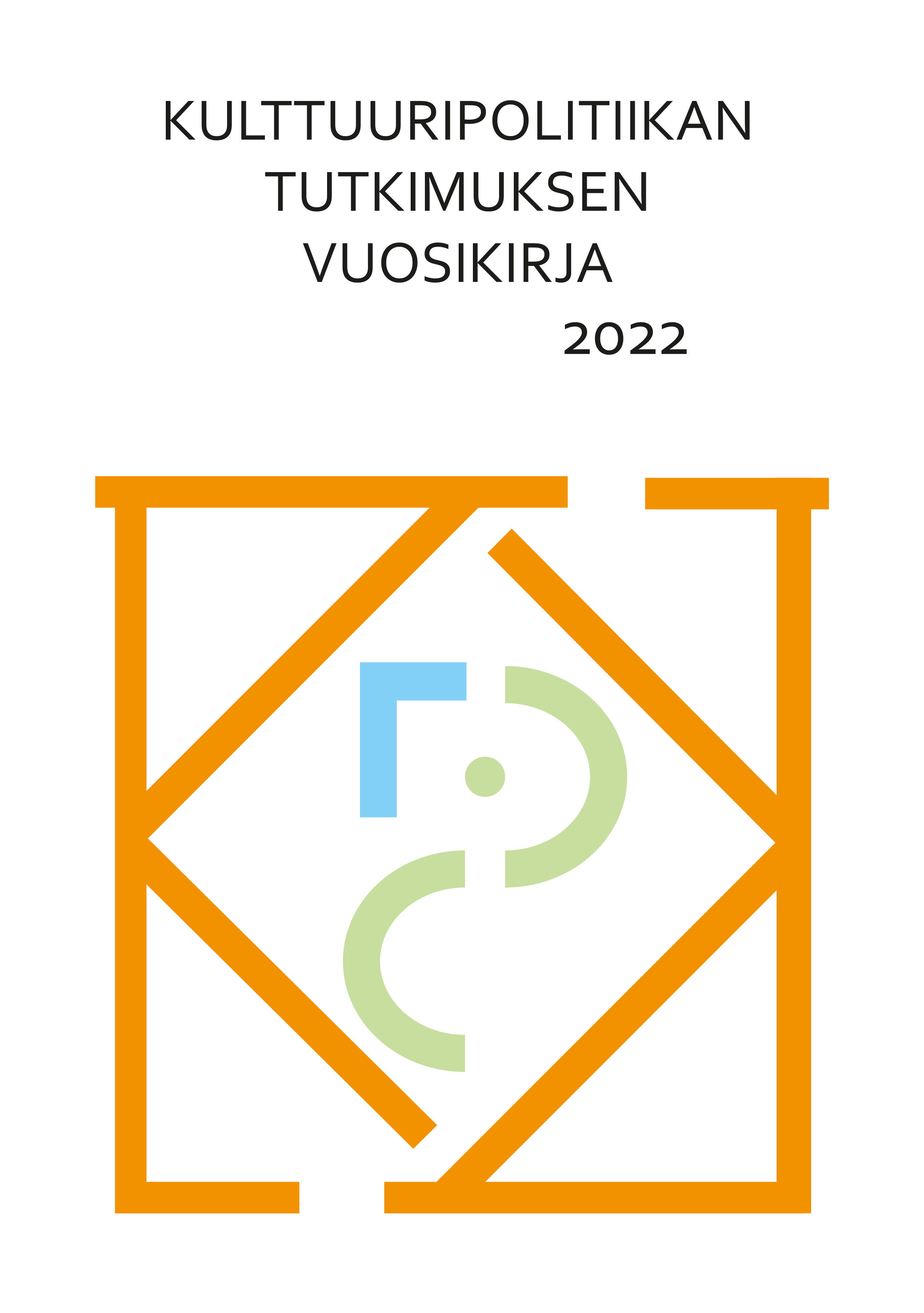On the optimal level of theatre subsidies
DOI:
https://doi.org/10.17409/kpt.125642Abstract
This article examines public subsidies and ticket pricing in Finnish theatre institutions by using the principal-agent model. The model follows the ideas presented by Prieto-Rodríguez and Fernández-Blanko (2006) in their article on the British museum sector. The idea of this article is to test how well their theoretical model is in line with the data on Finnish theatres.
The aim of this paper to justify the high share of public subsidies to theatre sector and to show that ticket pricing should be in the inelastic segment on the demand schedule. The data on Finnish theatres covers years 2007 – 2011 with 58 theatres subsidised by the law, including the Finnish National Opera.
The results of the empirical examination show that the demand of theatre services is price inelastic. According to the results, an increase in the number of visitors increases also optimal subsidies but less than proportionally indicating that the share of public subsidies should be lower in larger towns where the potential for theatre visits is higher due to a larger population. The article argues that even though using economic approaches in examining arts and culture is not unproblematic, they should be used and further developed.




